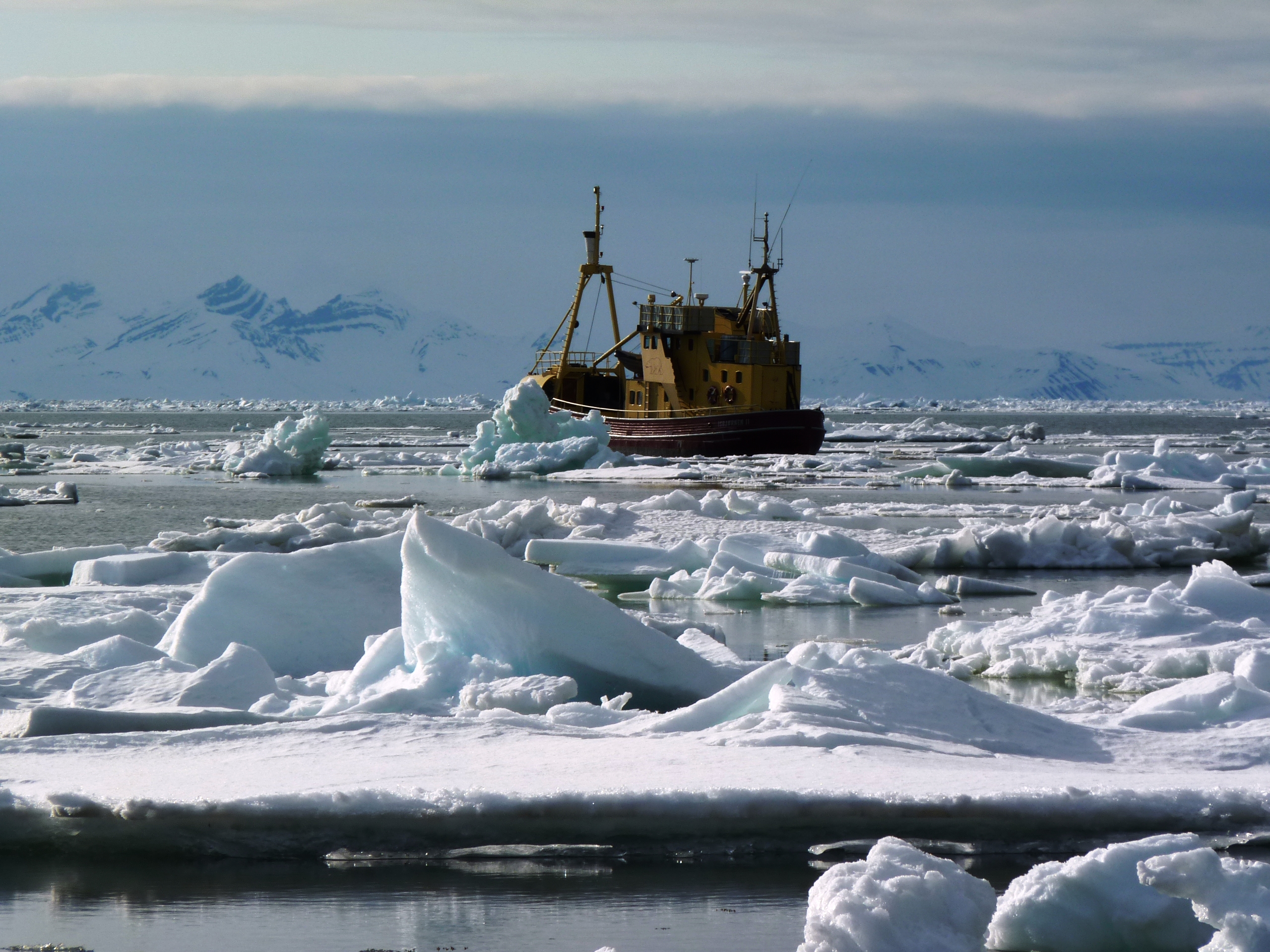Faulty figures but glaciers still melting fast

(Aerial view, Greenland 2009)
The latest report by the World Glacier Monitoring Service says glaciers around the world are melting so fast that many will disappear by the middle of this century.
The organisation’s results come from monitoring in nine mountain ranges on four continents.
Unfortunately, quite a few people will probably be sceptical about the news after the revelation that a figure in the 2007 IPCC report warning of a “very high” risk that Himalayan glaciers could disappear by 2035 was false. This mistake has done a huge amount of damage. It has shaken people’s trust in the reliability of the scientific monitoring and peer reviewing process and provided more ammunition for the “climate sceptics”.
I had the chance to talk to one of the IPCC lead authors, Professor Adil Najam, born in Pakistan, now Professor at Boston University. He was taken by surprise when the mistake was revealed while he was on a lecture tour in Germany.
I’d like to quote him on this issue here:
It’s a bad mistake and a matter of serious concern, he says, because it questions climate and shakes people’s confidence in science. Coming from South Asia, Pakistan, which depend on the glaciers of the Himalaysa for their existence, the Professor says, “I am happy they were wrong… But science and the IPCC need to be much more careful, because climate science is happening in the public view.” He says allowing scientific details to dominate the headlines is detracting attention from the necessary process of accepting climate change is happening and pushing political action to help countries adapt.
There was apparently a kind of “Chinese whispers” game approach to the communication of the worrying Himalayan figure. It was quoted by a journalist, who had interviewed an expert (who says he was misquoted), and WWF, an organisation I normally respect for their thoroughness and professionality, took it over from there, and then it found its way into the report.
Let me quote Prof. Najam again: “The IPCC needs to be more rigorous. But one mistake should not sully all the very clear data”. This is the crux of the matter. Mistakes happen. This was not a deliberate exaggeration but an “honest mistake”, the Professor says. And he is convinced the data we have is worrying enough without anyone having to exaggerate anything.
The World Glacier Monitoring figures would seem to confirm that. The most vulnerable glaciers are not in the Himalayas but lower mountain ranges like the Alps or the Pyrenees in Europe, in Africa, parts of the Andes in South and Central America, and the Rockies in North America.
The WGMS figures show glacier melting is less extreme than in the last couple of years, but that the important 10-year trend show an unbroken acceleration in melting.
Somehow this has not made as many headlines as the IPCC mistake.















